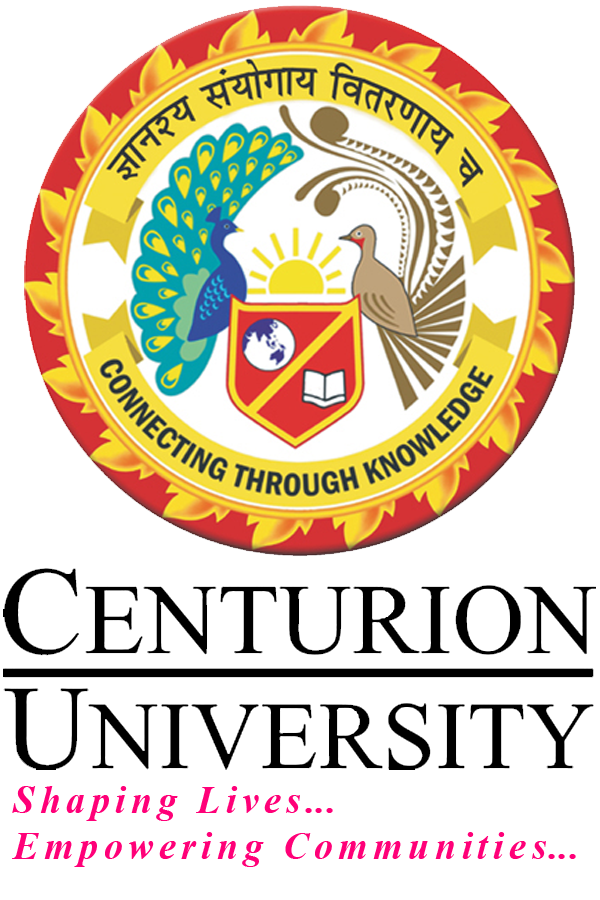HUMAN ANATOMY AND PHYSIOLOGY-II(Practical)
Course Attendees
Still no participant
Course Reviews
Still no reviews
Code(Credit) : BPHL1201
Course Name : HUMAN ANATOMY AND PHYSIOLOGY-II(Practical)
Course Objectives
- This subject is designed to impart fundamental knowledge on the structure and functions of the various systems of the human body. It also helps in understanding both homeostatic mechanisms. The subject provides the basic knowledge required to understand the various disciplines of pharmacy.
Learning Outcomes
- Upon completion of this course the student should be able to:
1. Explain the gross morphology, structure and functions of various organs of the human body. - 2. Describe the various homeostatic mechanisms and their imbalances.
- 3. Identify the various tissues and organs of different systems of human body.
- 4. Perform the hematological tests like blood cell counts, haemoglobin estimation, bleeding/clotting time etc and also record blood pressure, heart rate, pulse and respiratory volume.
- 5. Appreciate coordinated working pattern of different organs of each system
- 6. Appreciate the interlinked mechanisms in the maintenance of normal functioning (homeostasis) of human body.
Course Syllabus
1. To study the integumentary and special senses using specimen, models, etc.,
2. To study the nervous system using specimen, models, etc.,
3. To study the endocrine system using specimen, models, etc
4. To demonstrate the general neurological examination
5. To demonstrate the function of olfactory nerve
6. To examine the different types of taste.
7. To demonstrate the visual acuity
8. To demonstrate the reflex activity
9. Recording of body temperature
10. To demonstrate positive and negative feedback mechanism.
11. Determination of tidal volume and vital capacity.
12. Study of digestive, respiratory, cardiovascular systems, urinary and reproductive systems with the help of models, charts and specimens.
13. Recording of basal mass index .
14. Study of family planning devices and pregnancy diagnosis test.
15. Demonstration of total blood count by cell analyser
16. Permanent slides of vital organs and gonads.
Session Plan
| To study the integumentary and special senses using specimen, models, etc. |
I am text block. Click edit button to change this text. Lorem ipsum dolor sit amet, consectetur adipiscing elit. Ut elit tellus, luctus nec ullamcorper mattis, pulvinar dapibus leo.
Session Plan
Session 2
To study the nervous system using specimen, models, etc.,
Session Plan
Session 1
To study the integumentary and special senses using specimen, models, etc
Session Plan
Session 3
To study the endocrine system using specimen, models, etc
Session 5
To demonstrate the function of olfactory nerve
Session 4
To demonstrate the general neurological examination
Session 10
To demonstrate positive and negative feedback mechanism. |
Session 11
Determination of tidal volume and vital capacity.
Session 12
Study of digestive, respiratory, cardiovascular systems, urinary and reproductive systems with the help of models, charts and specimens.
Session 14
Study of family planning devices and pregnancy diagnosis test
Session 15
Demonstration of total blood count by cell analyser
Case Studies
Case Studies
Our Main Teachers

A.Avinash working as Assistant Professor, Dept of CSE, Centurion University of Technology and Management, Andhra Pradesh . Interested to work on Machine learning,Natural Language Processing,Problem Solving Methodologies , and ChatBot. Programming Skill: C Programming Data Structure Object Oriented Programming using C++ Formal Language Automata Theory Python Web Development(HTML,CSS,PHP) Database Management Systems Compilers


Recent Comments